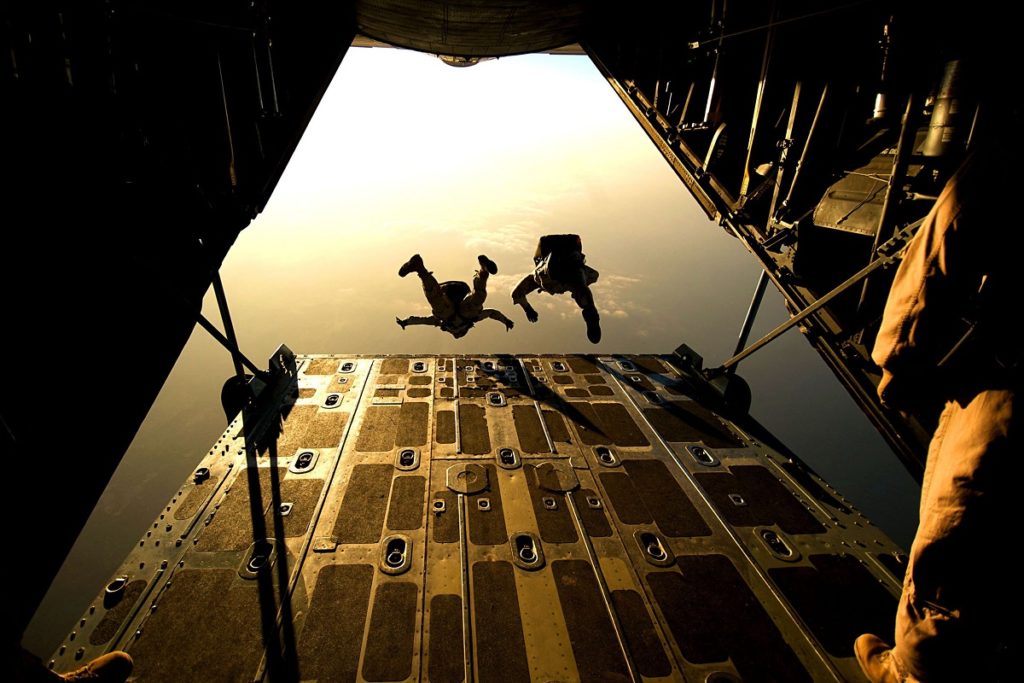Centuries before the Wright brothers broke the surly bonds of earth, humanity has dreamt of taking to the skies. You’d think that when airplanes were invented, the urge to fly had been satisfied. But if anything, the manned flight has made humans crave for more thrills, as if the species as a collective were addicted to altitude.
One method people have used to curb this urge to go higher is through skydiving. Tens of thousands of feet in the air, people leap into the open sky from a plane with parachutes to help them land gently on the ground.
But even skydiving isn’t enough for some people. Many people looking for the ultimate thrill and with the urge to fly have turned to BASE jumping. But what does BASE mean and what does it entail?
The Basics of BASE
BASE is an acronym for the four kinds of objects that enthusiasts jump from. More specifically, these objects are as follows:
- Buildings: These cover skyscrapers, monuments, and other man-made structures that are exceedingly high. Because inhabited buildings tend to have security and residents who could interfere with the sport, BASE jumpers prefer buildings that are still being built.
- Antennas: Antenna towers are very high, some of them rivaling skyscrapers in height. They’re also easier to access and are usually in largely uninhabited areas.
- Spans: This is just another term for bridges that ‘span’ gaps like canyons. Some of these bridges even legally allow BASE jumpers to leap from them. One such example is the New River Gorge Bridge in West Virginia.
- Earth: This refers to natural landmarks and formations with enough height. Examples include sheer cliffs, fjords in Northern Europe, and massive canyons.
BASE jumpers climb these locations and leap from them, relying on either a parachute or a wingsuit to glide to the ground. It’s an extremely dangerous activity and it takes more than just buying parachute cords and accompanying gear. BASE jumping has a fairly high death toll, which includes its creator, Carl Boenish. Before he invented BASE jumps, Boenish was a renowned freefall photographer. He died when he BASE jumped off Norway’s Troll Wall in 1984.

Myths of BASE Jumping
If you’re considering taking up BASE jumping as an extreme sport, you need to be informed on the facts about this activity. Here are several myths about BASE jumping and some truths that clarify them:
- BASE jumping is safer than skydiving because you’re nearer to the ground: Highly untrue. First, BASE jumpers only have one parachute when they leap while skydivers have two, with one acting as a backup. Secondly, because you’re closer to the ground, if anything goes wrong during a jump, you won’t have as much time as a skydiver to address the issue.
- BASE jumps are illegal everywhere: This is only half-true. BASE jumping is illegal in city limits and from buildings. After all, you could injure a pedestrian on your landing and maybe even disrupt transportation. If your jump involved breaking and entering, it is also illegal. However, there are a few places where you can legally BASE jump. These places include Kjerag in Norway and the aforementioned New River Gorge Bridge.
- BASE jumpers have a high mortality rate: Because of the clandestine and sometimes illicit nature of the sport, concrete and complete information on mortality and accident rates can be hard to find. Results vary greatly from study to study. One claimed that in 11 years, only 9 out of over 20,000 BASE jumps were fatal. However, in 2016, there were 23 deaths alone during the summer. What is clear is that the sport can lead to death.
Did you ever want to fly? Do you feel bound by the weight of gravity? BASE jumping could provide you an exhilarating escape from these emotions. However, you should seriously consider whether you’re willing to put your life on the line just to feel free from the bonds of the earth.


